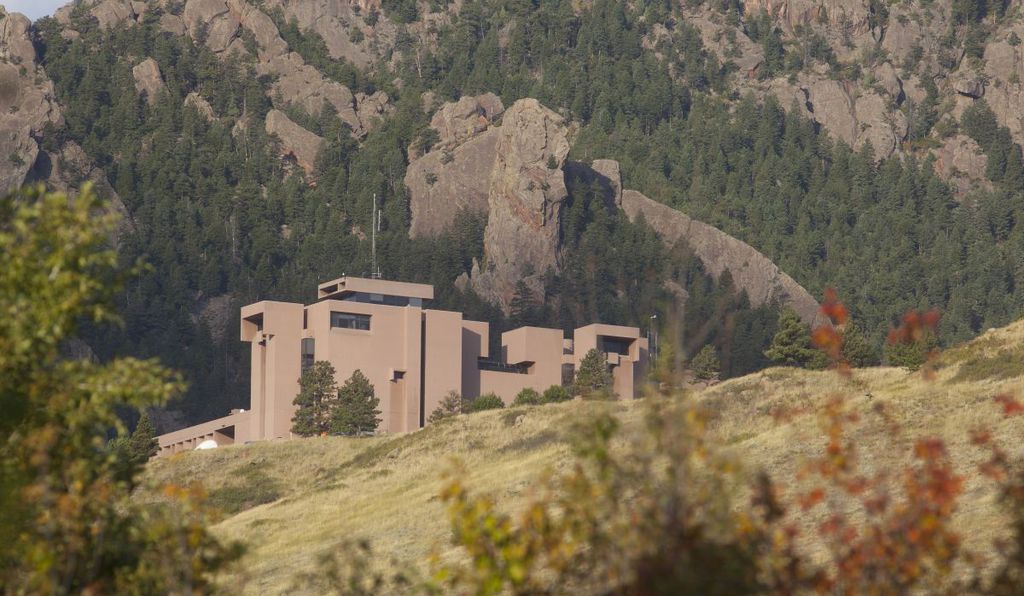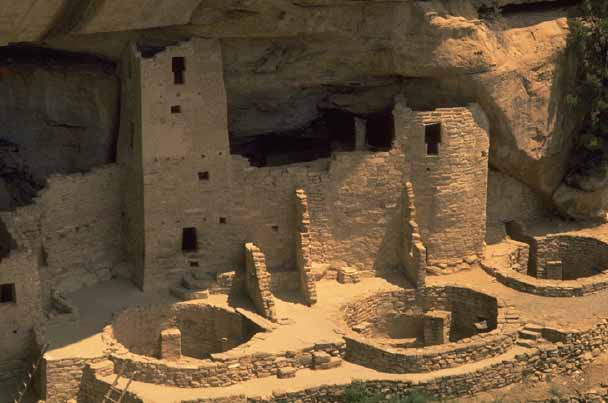
Work sometimes can take you to the most unexpected places, I can’t remember how, but it struck me that the National Centre for Atmospheric Research (NCAR) we were visiting was none other than the I.M.Pei masterpiece. Set on a Mesa (tableland of sorts) overlooking the city of Colorado, with the background of the impressive crags and vertical rock precipices of the Flatiron range. Considering how it sits quietly in its setting, a hermitage overlooking a rolling landscape, not wanting to challenge the cliffs, as if it has been there for ages, it’s not surprising that it does not get the accolades it deserves from the attention seeking world of architecture.
Pei, born in 1917, journeyed as a 17-year-old from Shanghai to the US to study Architecture. He gravitated towards the work of Bauhaus, and befriended Gropius who was then at the Harvard Design School. At the relatively young age of 43, with relatively no experience of similar projects he was appointed as the architect for the National Centre for Atmospheric Research (NCAR). Robert Walter, the Director of the NCAR, believed that Pei would dedicate himself completely to the project, he couldn’t have been more correct.
The site has its interesting story, the city of Colorado, with its wild setting, great love for nature and the outdoors had drawn a line in 1959 to limit further development, called the blue line, it demarcated the development limit with an interesting instrument, any project above the blue line would not be supplied water. Robert’s assurance that NCAR would preserve the wilderness was put to vote by the city of Colorado, the project won and the 500+ acres were handed over for NCAR.
The vision for NCAR was mostly articulated Philip Thompson, associate director of NCAR, a pioneer in computer modelling with the mind of a mathematician and the soul of an artist and philosopher, “The most impressive feature of any top-notch research center is an intangible air of ferment and intellectual coherence that does not depend on any formal mechanism of cohesion. A building that is most symbolic of this feature, and which is best designed to nurture it, is one that is clearly designed for sustained intellectual, spiritual and aesthetic life—and is not intended for the daily grind. The ideal is not a monument or a temple, but a place where a variety of people can meet, privately or semi-privately, can be alone, or can be distracted by a different kind of beauty.”
Pei, found exceptional inspiration close by, in the ancient cliff dwellings of the Anasazi Indians in the Mesa Verde National Park in Colorado. The wall color of the lab is similar to that of the Flatirons which the building sits close to, “You just cannot compete with the scale of the Rockies. So we tried to make a building that was without the conventional scale you get from recognizable floor heights—as in those monolithic structures that still survive from the cliff-dwelling Indians.”1

My visit itself was brief and covered a small part that was open for visits. While the built form itself seemed inward looking, the spaces inside framed beautiful views into the Mesa and Flatirons, the overall sense was that of calm. At one of the exits towards the Flatirons a sign board caught my eye, which read something like that, ‘on this nature trail keep a look out for rattle snakes’!
While the world may mourn Pei of Louvre’s pyramid fame, in Colorado, it is Pei of NCAR fame, “We’re mourning and saluting I.M. Pei , who died overnight, aged 102. He designed the NCAR Mesa Lab an amazing place to come to work every day. The world will miss your brilliance and your smile”
1 I.M. Pei. from Paul Heyer. American Architecture: Ideas and Ideologies in the Late Twentieth Century







